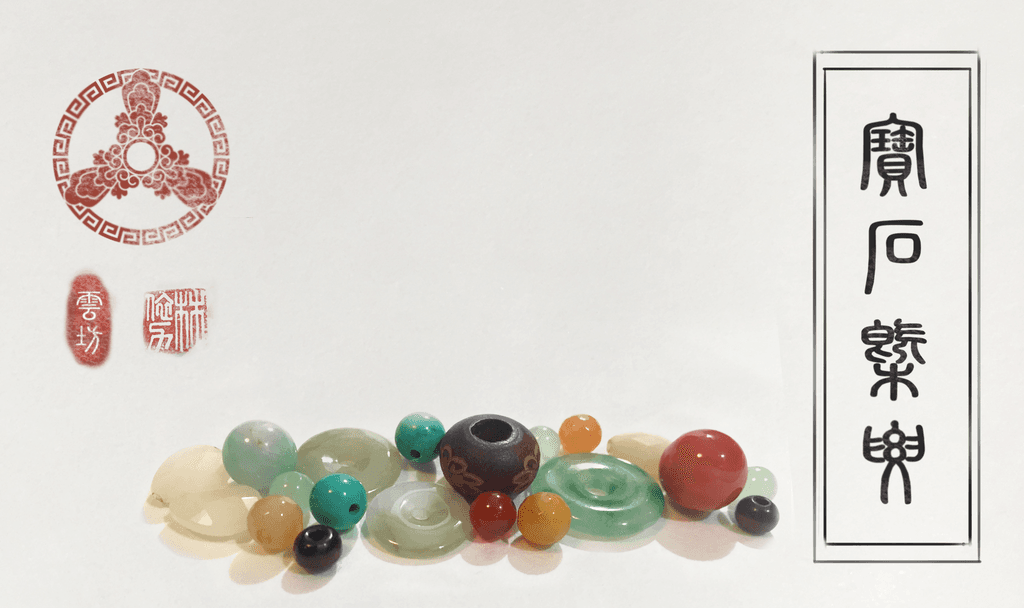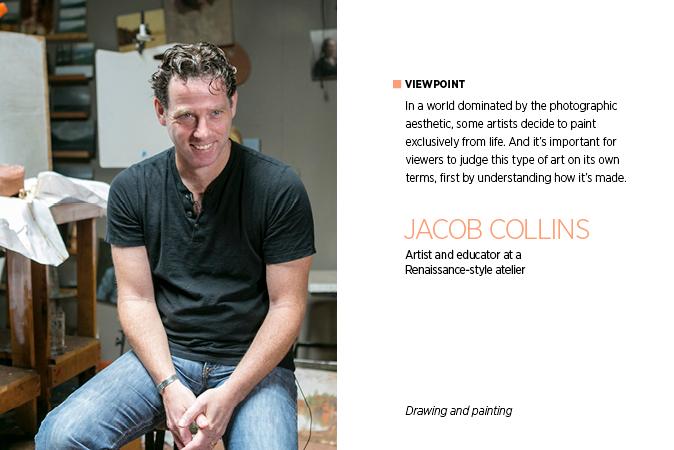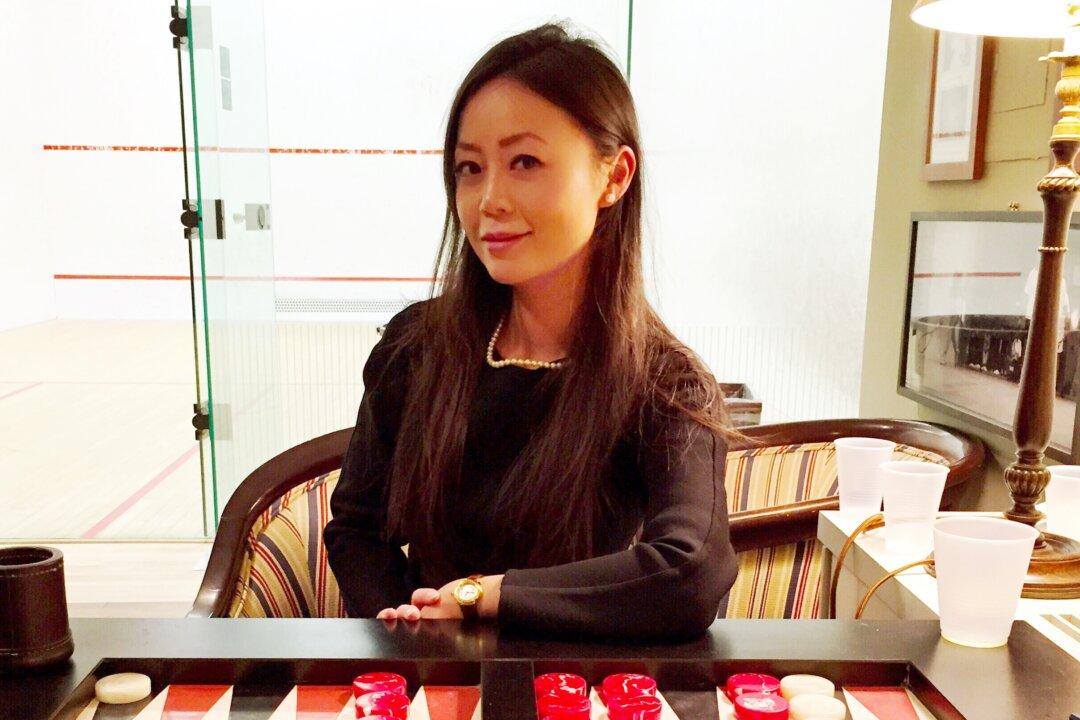NEW YORK—Slow food, organic food, local food, artisanal food, raw food, fair trade, dumpster foraging—America has been experiencing food-as-politics these last few decades.
All these debates about how we eat are centered on social issues, economic concerns, and the question environmental sustainability. This comes as a matter of course, because the realm of food also houses our deepest cravings—for comfort, belonging, and nourishment—not only of our bodies, but also for our souls and communities.
Now, a movement is afoot to revive in the imaginations of diners the lore behind Asian cooking, which includes some of the most storied food cultures in human history. Call it a food-as-culture renaissance.
An Anchor of Community
Wei Jane Chir first visited New York City in 1988. At the time she was an artist living in Berlin.
“The subways were so dirty, with graffiti everywhere .You feel a sense of danger but also adventure,” she said of her first impression of the city. “It was very open and I felt so free. That’s why I decided to move here.”
She did so in 1993, and has lived here ever since. Today she feels that New York is only cosmopolitan in a commercial sense, and lacks communal warmth. Of course, this yearning led her to find an answer in food.
“I wanted to bring to New York something tangible, something to smell and touch, something not just cold and commercial like LED lights,” she said.
To that end, Chir produced Taste Asia, a food festival that grew out of New Tang Dynasty Television’s International Chinese Culinary Competition. The competition’s mission is to restore the reputation of true Chinese cuisine, whose Americanized cousin is unrecognizable to most Chinese.
Taste Asia expands the mission to include other Asian cuisines, and held its first two-day event in June to great fanfare.
On day one, Japanese and Korean drummers took to center stage and entertained audiences while they sampled mochi, noodles, and snacks from local Asian food vendors. A master noodle-maker, along with other cooks, demonstrated their culinary crafts before watching crowds.
On day two, Chinese chefs from all over the world vied for gold prizes, firing up their woks in outdoor cooking stations designed by Chir to evoke the architecture of China’s ancient capital, Changan. Times Square was packed with rapt onlookers and eager taste-testers.
Recreating a Food Capital
As she planned all of this, Chir held in her mind’s eye a Song Dynasty (960–1279) scroll painting often described as one of the earliest depictions of Chinese urban life.
The “Qingming Shanghe Tu” has likely had more reproductions than the Mona Lisa, but the original was by court painter Zhang Zeduan. The scroll, ink on silk, measures nearly 6 yards wide. It depicts residents of the Song capital Kaifeng, during the Qingming festival, also known as Tomb Sweeping Day.
In the picture, it’s April, and everyone has gone out to the river in junks and paddleboats to pay their respects to the deceased, and then welcome the spring with song, dance, and plenty of good street food. A gracefully arching bridge in the center of the painting is shown lined on both sides with thatched picnic tables. All along the riverbank, too, the patios of restaurants and teahouses are filled with revelers.
Folks doing folksy things together out in public—there it was in the 12th century, long before urban sociologist Ray Oldenburg coined the notion of the “third place,” a gathering place apart from the home or office, where friends old and new can associate freely.
That this painting represents Tomb Sweeping Day is significant. Ritual and food go hand in hand, just like in the tea ceremony, where every gesture and process is laden with meaning. Those who were present at Taste Asia got to witness the startlingly slow pace of Japanese chado.
“The beauty of the tea ceremony is in the [symbolic details] of making tea,” Chir said. “This is to remind people that food is sacred. I grew up as a Christian, and we prayed before every meal. My grandmother always warned me not even to take a single grain of rice for granted.”
“We’ve forgotten to appreciate food,” Chir said, speaking of New York and of her native Taiwan at the same time. “Asia tries to copy so much from the West, but Asians should relearn this [appreciation] too.”
While she found that Westerners were very thirsty for and receptive to Asian food culture, the reactions of Chinese from mainland China struck her.
“Young mainlanders found it interesting because no one told them about all this food culture—they may have heard about it but never experienced it. After the Cultural Revolution it was all about economic advancement,” she said.
China alone boasts 5,000 years of culinary history, and will certainly provide much inspiration for future iterations of Taste Asia. Chir is already planning for 2015.
“Next year maybe we can make each street to represent one country, just like Changan,” she said. “The poet Bai Juyi wrote of belly dancing in the Persian quarters, and there was a Jewish part of town.”
The metropolis of Changan (now called Xian) was abuzz with people and ideas from faraway lands for more than 10 dynasties. Chir hopes that with time, Taste Asia will encourage that flourishing community spirit on the streets of New York.
For more information about Taste Asia, visit tasteasia.org





